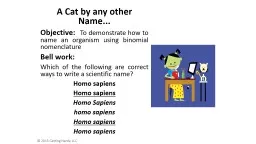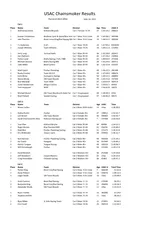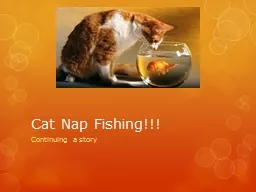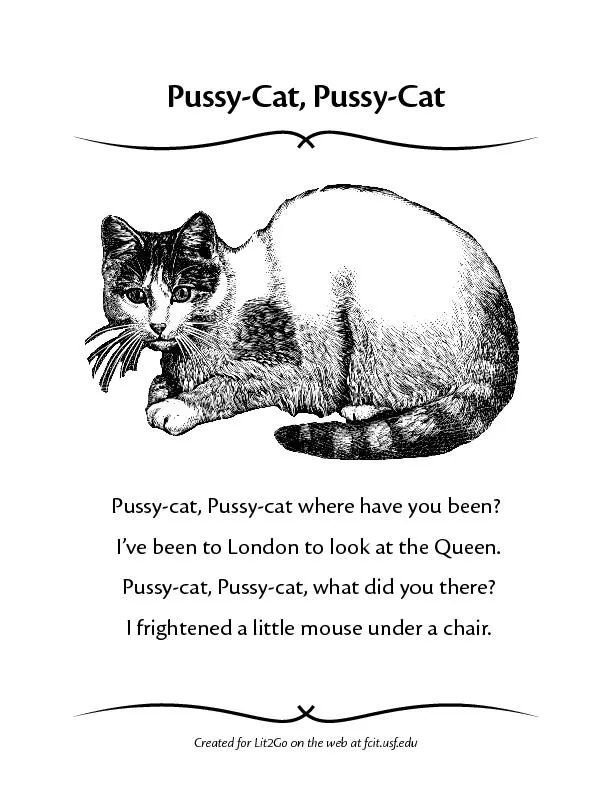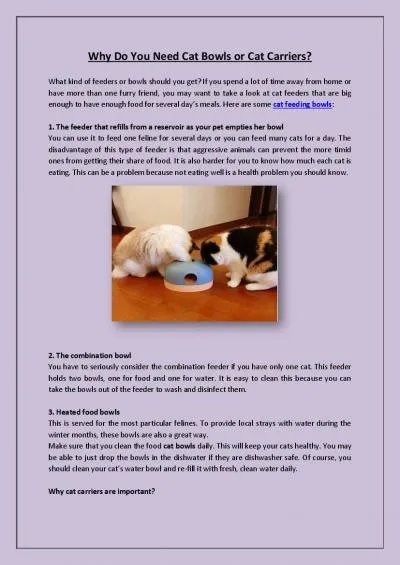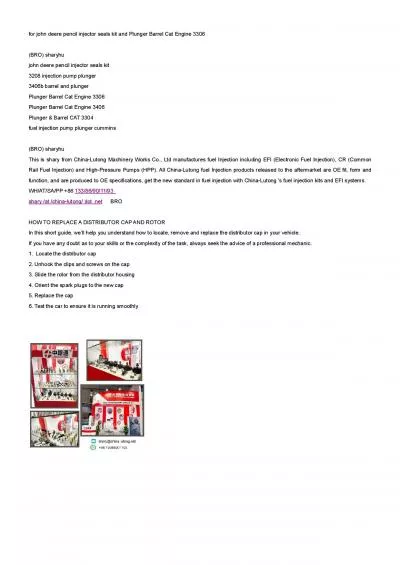PPT-A Cat by any other Name...
Author : giovanna-bartolotta | Published Date : 2018-03-20
Objective To demonstrate how to name an organism using binomial nomenclature Bell work Which of the following are correct ways to write a scientific name Homo
Presentation Embed Code
Download Presentation
Download Presentation The PPT/PDF document "A Cat by any other Name..." is the property of its rightful owner. Permission is granted to download and print the materials on this website for personal, non-commercial use only, and to display it on your personal computer provided you do not modify the materials and that you retain all copyright notices contained in the materials. By downloading content from our website, you accept the terms of this agreement.
A Cat by any other Name...: Transcript
Download Rules Of Document
"A Cat by any other Name..."The content belongs to its owner. You may download and print it for personal use, without modification, and keep all copyright notices. By downloading, you agree to these terms.
Related Documents

